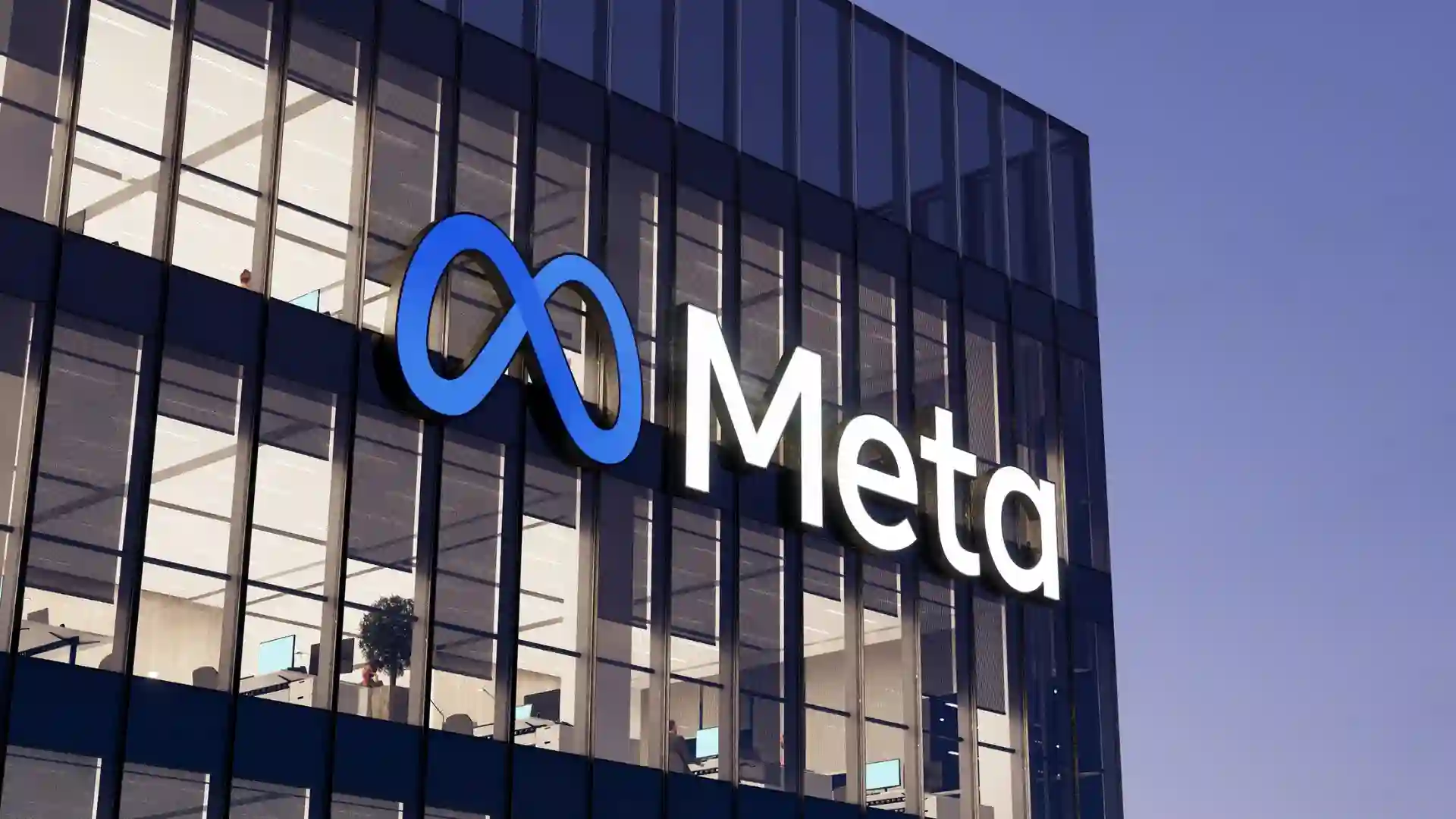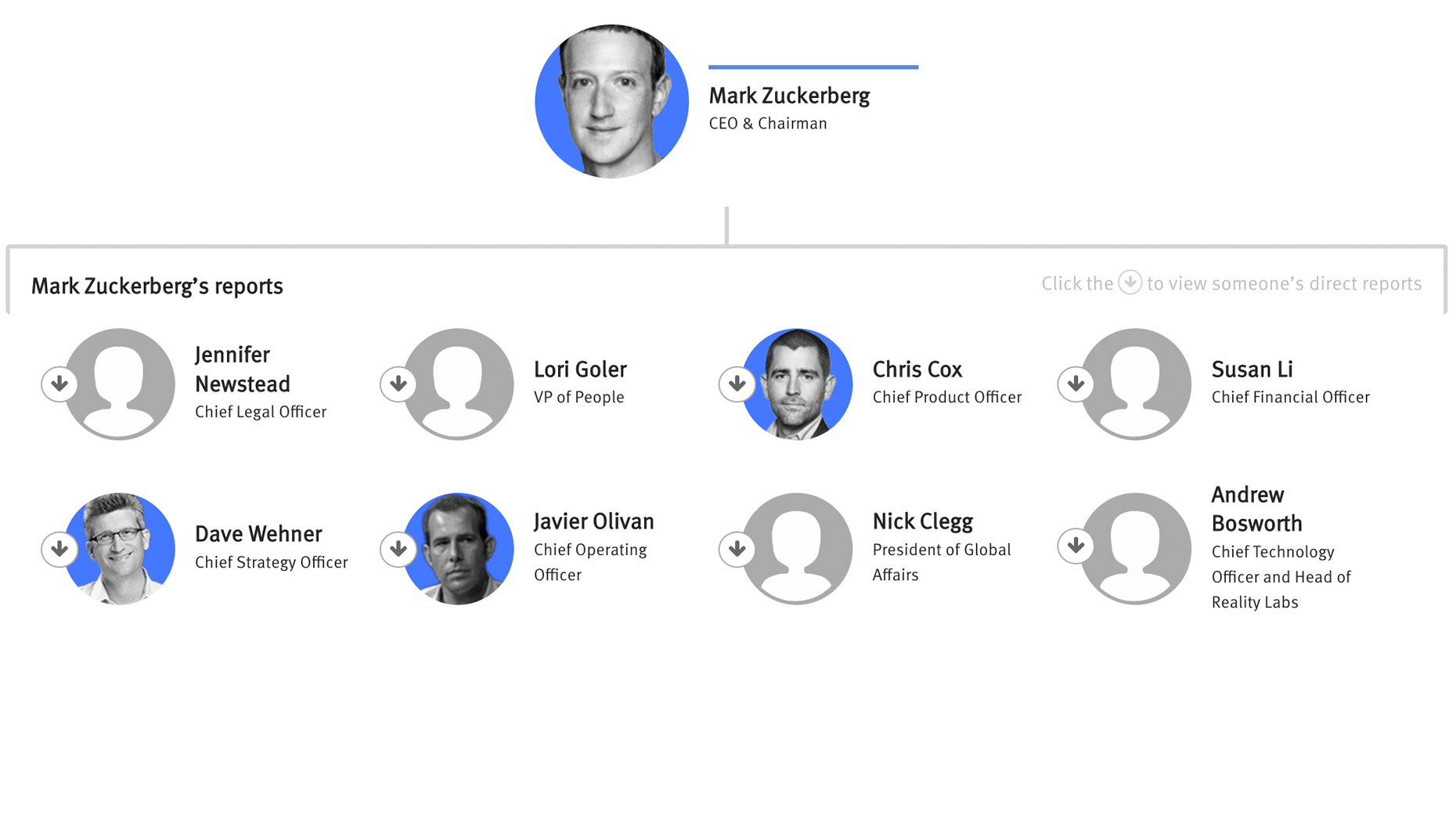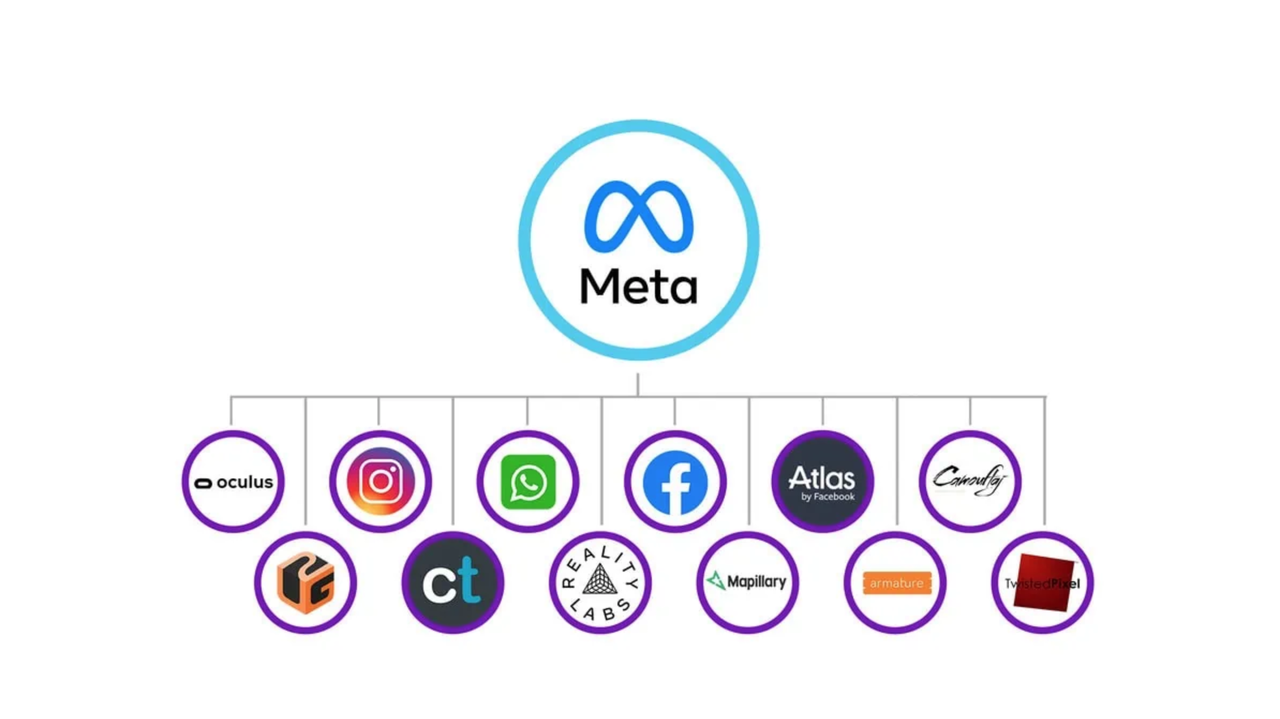Unlocking Potential: A Comprehensive Analysis of Meta Corporation
 Introduction:
Introduction:
Meta Corporation stands as a beacon of innovation and technological advancement in the modern era. With its groundbreaking developments and transformative technologies, Meta has redefined the landscape of social networking, virtual reality, and artificial intelligence. In this comprehensive analysis, we will explore the origins, evolution, organizational structure, key products, and future prospects of Meta Corporation.
Origins and Evolution:
Founded in 2004 by Mark Zuckerberg and his college roommates, Meta Corporation began as a social networking platform known as Facebook. Initially designed for Harvard University students, the platform quickly expanded to other universities and eventually to the general public. Over the years, Facebook evolved into a global phenomenon, connecting billions of users and revolutionizing the way people communicate, share information, and connect with others online. In 2012, Meta made a significant strategic move by acquiring Instagram, a popular photo-sharing app, followed by the acquisition of WhatsApp, a leading messaging platform, in 2014. These acquisitions further solidified Meta's dominance in the social media landscape and expanded its user base across different demographics and regions.
In 2012, Meta made a significant strategic move by acquiring Instagram, a popular photo-sharing app, followed by the acquisition of WhatsApp, a leading messaging platform, in 2014. These acquisitions further solidified Meta's dominance in the social media landscape and expanded its user base across different demographics and regions.
In 2012, Meta Corporation went public with one of the largest initial public offerings (IPOs) in history, signaling its transition from a privately held startup to a publicly traded corporation. Since then, Meta has continued to innovate and diversify its product offerings, expanding beyond social networking into areas such as virtual reality, augmented reality, and artificial intelligence.
Organizational Structure: Meta Corporation operates under a hierarchical organizational structure, with clear lines of authority and communication channels. At the top of the hierarchy is the executive leadership team, led by CEO Mark Zuckerberg, who oversees the company's overall strategy, direction, and operations. The executive team is supported by various departments, including engineering, product development, marketing, sales, and finance, each headed by senior executives responsible for their respective areas.
Meta Corporation operates under a hierarchical organizational structure, with clear lines of authority and communication channels. At the top of the hierarchy is the executive leadership team, led by CEO Mark Zuckerberg, who oversees the company's overall strategy, direction, and operations. The executive team is supported by various departments, including engineering, product development, marketing, sales, and finance, each headed by senior executives responsible for their respective areas.
Meta's organizational culture is characterized by a strong emphasis on innovation, collaboration, and agility. Employees are encouraged to think creatively, take risks, and experiment with new ideas to drive forward the company's mission of connecting people and building communities.
Meta Corporation's product portfolio encompasses a wide range of offerings across multiple platforms and technologies. Some of the key products and services include:
- Facebook: Meta's flagship social networking platform, which allows users to create profiles, share updates, photos, and videos, connect with friends and family, join groups, and engage with content from their network.
- Instagram: A photo and video-sharing app that enables users to capture, edit, and share visual content with their followers. Instagram also features various social networking features such as direct messaging, stories, and reels.
- WhatsApp: A messaging platform that provides users with a secure and convenient way to send text messages, voice messages, photos, and videos, as well as make voice and video calls over the internet.
- Oculus: Meta's virtual reality division, which develops and manufactures VR headsets, accessories, and content. Oculus products offer immersive gaming experiences, virtual social interactions, and educational applications.
- Meta AI: Meta's artificial intelligence research division, which focuses on developing advanced AI technologies to enhance user experiences, improve content moderation, and personalize recommendations across Meta's platforms.
Future Prospects and Challenges: Looking ahead, Meta Corporation faces a number of opportunities and challenges as it continues to innovate and grow in a rapidly evolving technological landscape.
Looking ahead, Meta Corporation faces a number of opportunities and challenges as it continues to innovate and grow in a rapidly evolving technological landscape.
Opportunities:
- Expansion into new markets and regions, particularly in emerging economies where internet penetration is growing rapidly.
- Continued investment in virtual reality, augmented reality, and artificial intelligence technologies to create immersive experiences and drive new revenue streams.
- Leveraging data and analytics to improve user engagement, target advertising more effectively, and enhance personalization across Meta's platforms.
Challenges:
- Regulatory scrutiny and privacy concerns related to data privacy, content moderation, and antitrust issues.
- Competition from rival tech companies and emerging startups in the social networking, virtual reality, and artificial intelligence sectors.
- Maintaining user trust and loyalty amidst concerns over misinformation, online harassment, and algorithmic bias on Meta's platforms.
Diversification and Expansion Strategies: In addition to its core products and services, Meta Corporation has pursued diversification and expansion strategies to broaden its revenue streams and reach new markets. These strategies include:
In addition to its core products and services, Meta Corporation has pursued diversification and expansion strategies to broaden its revenue streams and reach new markets. These strategies include:
- Acquisitions and Partnerships: Meta has a history of acquiring innovative startups and partnering with established companies to enhance its product offerings and capabilities. For example, the acquisition of Oculus in 2014 enabled Meta to enter the burgeoning virtual reality market and establish itself as a leader in immersive technology. Similarly, partnerships with content creators, developers, and other tech firms have allowed Meta to expand its ecosystem and attract new users.
- Product Innovation and Development: Meta continues to invest heavily in research and development to drive innovation and create new products and features. This includes developing advanced technologies such as augmented reality glasses, AI-powered virtual assistants, and immersive social experiences. By staying at the forefront of technological advancements, Meta aims to differentiate itself from competitors and maintain its competitive edge in the market.
- Global Expansion: Meta is committed to expanding its presence in key global markets, particularly in regions with high growth potential. This includes investing in infrastructure, data centers, and localized content to better serve users in different countries and cultures. By tailoring its products and services to local preferences and needs, Meta seeks to increase user engagement and drive adoption in emerging markets.
- Monetization Strategies: Meta generates the majority of its revenue through advertising, leveraging its vast user base and sophisticated targeting capabilities to attract advertisers. In addition to advertising, Meta has explored other monetization strategies such as e-commerce, digital payments, and subscription services. For example, the introduction of Facebook Shops allows businesses to sell products directly through the platform, while WhatsApp Pay enables users to send and receive money securely.
- Community Engagement and Social Impact: Meta is committed to fostering a sense of community and social impact through its platforms and initiatives. This includes supporting small businesses, promoting digital literacy, and addressing social issues such as mental health, online safety, and diversity. By engaging with users and stakeholders in meaningful ways, Meta aims to build trust, loyalty, and long-term relationships that transcend its products and services.
Challenges and Risks: Despite its successes, Meta Corporation faces a number of challenges and risks that could impact its future growth and profitability. These include:
Despite its successes, Meta Corporation faces a number of challenges and risks that could impact its future growth and profitability. These include:
- Regulatory and Legal Challenges: Meta is subject to increasing regulatory scrutiny and legal challenges related to privacy, data protection, antitrust, and content moderation. Regulatory changes and enforcement actions could impact Meta's business operations, advertising revenue, and user engagement.
- Competition and Disruption: Meta faces intense competition from rival tech companies, social media platforms, and emerging startups in the digital space. Disruptive technologies and changing consumer preferences could erode Meta's market share and disrupt its business model. Additionally, the rise of decentralized social networks and blockchain-based platforms poses a potential threat to Meta's centralized model of social networking.
- User Trust and Privacy Concerns: Meta's business relies on user trust and engagement, and any breaches of trust or privacy violations could damage its reputation and brand image. Concerns over data privacy, security breaches, misinformation, and algorithmic bias could lead to user backlash, regulatory intervention, and advertiser defection.
- Technological and Innovation Risks: Meta operates in a fast-paced and rapidly evolving technological landscape, where new innovations and disruptions can quickly render existing products and services obsolete. Failure to anticipate and adapt to technological changes could leave Meta vulnerable to competitive threats and market disruption.
- Geopolitical and Economic Uncertainty: Meta's global operations expose it to geopolitical risks, economic downturns, and currency fluctuations. Political instability, trade tensions, and regulatory changes in key markets could impact Meta's revenue growth, investment opportunities, and business outlook.
Conclusion:
Despite facing challenges and risks, Meta Corporation remains a dominant force in the tech industry, with a track record of innovation, resilience, and adaptability. By leveraging its strengths, diversifying its revenue streams, and embracing new opportunities, Meta is well-positioned to navigate the complexities of the digital landscape and continue driving growth and value for its stakeholders. As Meta continues to evolve and expand its footprint in the global market, it will be crucial for the company to maintain a focus on user trust, innovation, and social impact, while effectively managing risks and challenges along the way.






























































